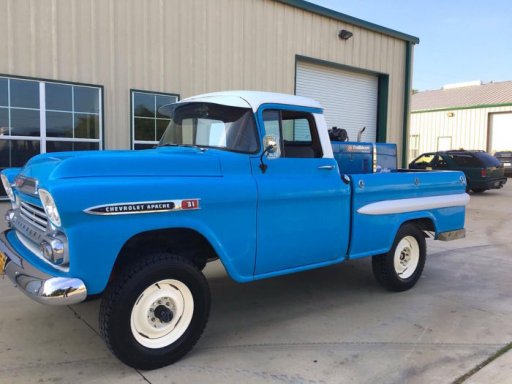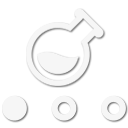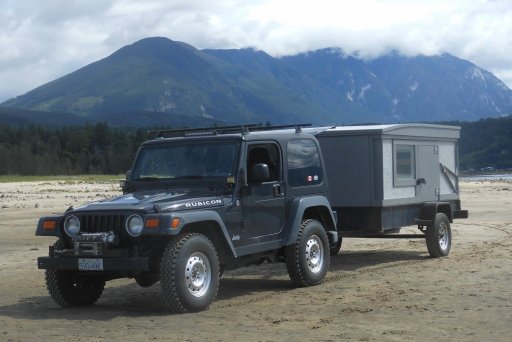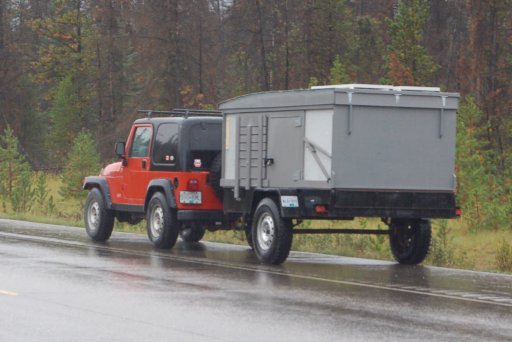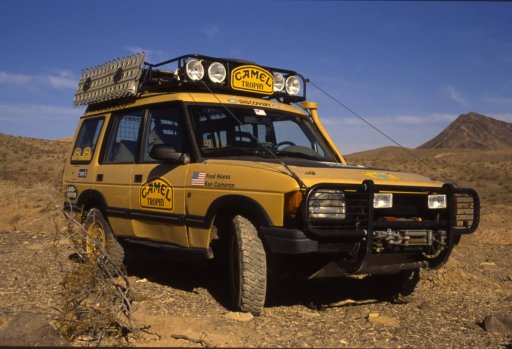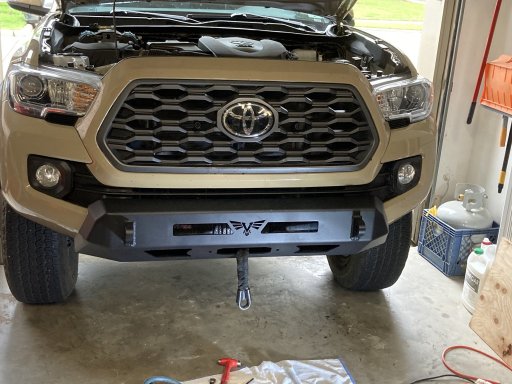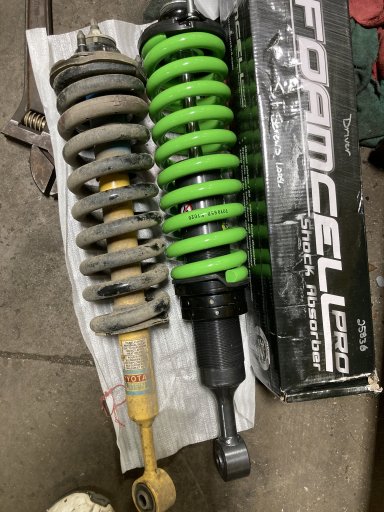
Pathfinder II
Want to get some member's philosophies on going to larger/heavier tires. I am new to any sort of offroading/overlanding.
I have a 2021 Tacoma Offroad 4x4 DCLB. Stock tires are 31" 265/70/16 (technically 30.5") that weigh 37 pounds each. Stock suspension. Extra weight is an ARE MX topper that weighs 200 and Cali Raised Sliders that weigh 150 pounds combined.
My goal on this build isn't to do crazy offroading. I only want a little more confidence on taking it offroad, some insurance poilicy if I tackle a trail that I may have underestimated in difficulty. I've taken it as-is offroad on a few trails rated 1-2 on TrailsOffroad and it did fine as is, but there were a few spots I was not 100% confident with. I live in Southern CA so lots of sand/rocks. Rocks not necessarily tall on the trails I will do, but potentially loose and sharp in spots.
For suspension I am looking at 1.5" up front using Bilstein 5100s and looking at the Icon RTX leaf pack in back with option 2 on the leaf pack which with 200 pounds constant load will give me 1.75" lift in back.
So onto tire size and rotational weight. What are the philosophies?
I have a 2021 Tacoma Offroad 4x4 DCLB. Stock tires are 31" 265/70/16 (technically 30.5") that weigh 37 pounds each. Stock suspension. Extra weight is an ARE MX topper that weighs 200 and Cali Raised Sliders that weigh 150 pounds combined.
My goal on this build isn't to do crazy offroading. I only want a little more confidence on taking it offroad, some insurance poilicy if I tackle a trail that I may have underestimated in difficulty. I've taken it as-is offroad on a few trails rated 1-2 on TrailsOffroad and it did fine as is, but there were a few spots I was not 100% confident with. I live in Southern CA so lots of sand/rocks. Rocks not necessarily tall on the trails I will do, but potentially loose and sharp in spots.
For suspension I am looking at 1.5" up front using Bilstein 5100s and looking at the Icon RTX leaf pack in back with option 2 on the leaf pack which with 200 pounds constant load will give me 1.75" lift in back.
So onto tire size and rotational weight. What are the philosophies?
- Stay stock size with as light of a beefier tires as possible?
- Go up a size with a lighter, beefier tire? For this excercise, lets say size is just 1" greater at 265/75/16.
- Go up a sioze or two with a beefy off-road tire and be less concerned on weight?
- Was looking at 32" KO2s but got concerned at 54 pound weight. Even in same size, the K02s weight 51 pounds. Afraid these will compromise daily driving and MPG more than I would like, not to mention braking time, wear and tear.
- Now looking at Falken Wildpeak A/T3W in 32" size 265/75/16 that come in at 44 pounds each.
Last edited:



